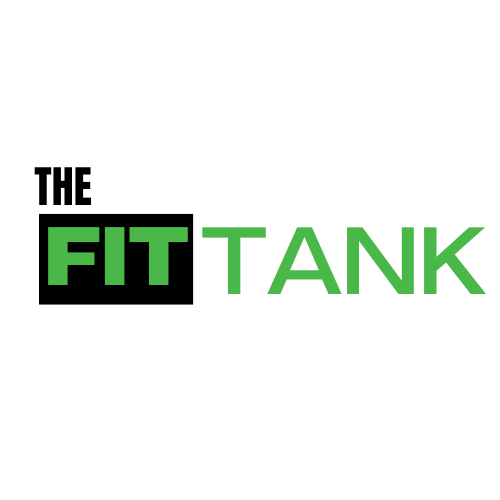Welcome back to Snack Cast. What’s on tap today, Dr. Transue? We were going to talk about low fat, and fat free. Is it good for you or bad for you? It depends. I have an opinion. Okay, well, we’ll get there.
Fat free and low fat items that you see on the shelf at the grocery store. It says it right there, boom, low fat. And everybody goes, yay this item is good for me. I’m gonna have this low fat item and you grab it off the shelf or you throw it in your basket and you feel like you’re doing something good. But, here comes the hammer. You’re arguably not, in some cases it may be okay. But in a lot of cases, if there is no fat, there’s no taste. And if there’s no taste then how do they create taste? Sugar and salt. Not to just jump right in on this, but you have to look at the ingredients. That’s a good parlay into our visual, you can call it a cheat sheet. I’m gonna call it a visual.
We have to credit Sophia Leigh Arda with Health Castle, she, she actually put this together and I thought it was really cool. But what we’re doing is we’re comparing Hidden Valley Original Ranch to Hidden Valley Fat Free Ranch. And we’ll save you all the details. But bottom line, there’s three times the amount of sugar in the fat free. And a lot more sodium. The carbs as you would imagine, with the sugar content going up are three times as much as well.
I think this is the part that I really found interesting. Pay close attention to this. This is the first six ingredients in the regular – vegetable oil, water, egg yolk, sugar, buttermilk and natural flavors. The first seven in the fat free – water, corn syrup, maltodextrin, sugar, modified food starch, buttermilk and salt. It ironic the last two items there there are buttermilk and salt, right? You want the fat flavor and you want the salt flavor. Added to the sugar.
There’s actually research around that fat coupled with sugar has almost an addictive like cocaine type of craving to it when you have that sugar salt mentality. It’s really important to look at the ingredients. I mean, I have my opinion on fat anyway, I think that you know, this is again, research research, do your own research, contact your doctor. Yeah. And in this case, there’s some bogus stuff in the original as well, because I gotta get it to sit on a shelf for three years. But for the most part, they’re kind of natural ingredients. The fat free blend is like a laboratory concoction. Good old fashioned rule, if you can’t say the ingredients, you probably shouldn’t be eating it. If your salad dressing comes from a laboratory, probably not good for you. They all do don’t get me wrong again. They got to sit on the shelf until the next Nuclear Winter. it’s not just salad dressing. There’s obviously other foods, particularly baked goods are a problem. That’s a real problem. If you’re looking at any of your baked goods where are you omitting? The fat? You’re going to have a higher sugar or higher salt content. Dairy is typically a wash. It’s really mild between skim milk, low fat milk and whole milk. Take your pick, but really pay attention in the other areas where it’s important.
The other thing that I really want to point out is there’s been this push regarding ingredients for low fat healthy heart and that can be a whole podcast on its own. I agree and they typically throw you the little heart shaped diagram and say, low fat. Again, do your research on cholesterol. Not all cholesterol is bad. And what’s the golden rule? If it spoils? It’s good for me. It’s not good for you, if it can last until the cows come home, especially unrefrigerated.
In summary, look at the ingredients. Look at what you’re buying. Look at what you’re putting in your mouth. Don’t just look at the little heart on the box because that’s marketing. That’s exactly what that is. It’s marketing and they want you to buy that product versus the other product. Thank you for tuning in today. Email us at Snackcast@yes.fit or post in the Facebook group. And we will see you tomorrow. Keep moving.



